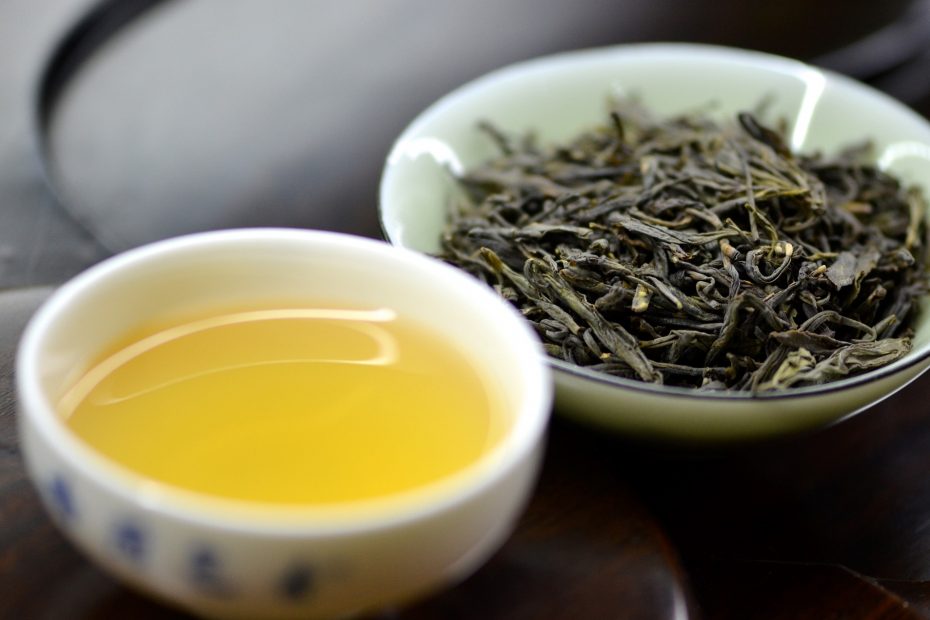Growing Tea At Home: How To Do It
Tea is made by processing the leaves of the camellia sinensis.
This makes us think that it does not behave very differently after all from the camellias that populate our gardens, which are part of the camellia japonica variety
Who even once hasn’t thought of trying to see if the tea plant is able to survive in a pot on their terrace?
Theoretically, it is possible.
Where can the tea plant be found?
Seeds of the camellia Sinensis are fairly easy to find; at a nursery or on the Internet, you can get them.
How do you plant camellia Sinensis seeds?
The seeds of the tea plant are dark in color and come wrapped in a very thick husk.
Before being planted, they should be soaked in water for 24 hours, after which the husk should be cracked with a few blows of a hammer.
The seed contained in the husk should be sown in soil for acidophilic plants (so with a pH less than or equal to 7), which should always be kept moist.
It is important to plant tea plant seeds in calcium-free soil. For this reason, you must keep an eye on watering and do it with rainwater, which is actually calcium-free. Tap water is not recommended because limestone tends to be present, which is unsuitable for the tea plant.
What is the ideal temperature for tea plant budding?
The tea plant germinates at a constant temperature of 20 to 25 degrees Celsius, and it takes a maximum of one month and a minimum of two weeks to see the first shoots bloom.
Once the seedlings have sprouted the next step is planting. It is important that the outside temperature never reaches below 16 degrees, and this condition also applies to nighttime.
The productive life of this plant lasts about a decade, but in some cases there have been incidents that tea seedlings have exceeded a century of productive activity.
As we have seen, the tea plant is mainly grown in areas where tropical and sub-tropical climate is present.
It is also important to analyze the rainfall pattern, and in the territories in quesitone rainfall exceeds 2 m per year. This condition is important in understanding how best to grow the tea plant.
The tea plant prefers a position exposed to sunlight. This plant also likes territories rich in moisture.
Attempting to grow in pots can be arduous, especially when trying to maintain ideal conditions for the plant.
But it is certainly a very unique experience!
If it is in its natural state, the tea plant can become a true shrub and grow over two meters.
The plants we find in cultivations, however, are pruned to make harvesting easier.
